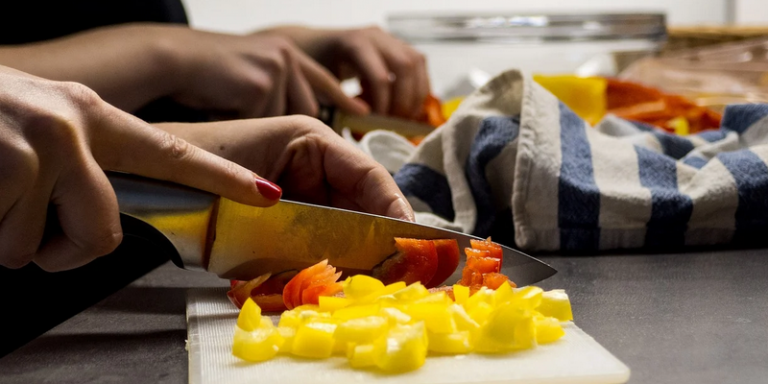
As part of a ‘gastronomic’ partnership between Korea University (KU) and Sony AI, a project was carried out to improve the knowledge around flavour pairings between several ingredients. From this study, FlavorGraph, an ingredient mapping application, was born. Artificial intelligence is used to create combinations of products that give new or well-known flavours.
A partnership focusing on ingredient combinations
Traditionally, chefs have mastered ingredient pairing through intuition, rather than through scientific knowledge or statistical learning. But in 2011, a study led by Yong-Yeol Ahn aimed to find out if intuition was the only way to find interesting combinations. The research had shown that in some parts of the world, such as East Asia, the combination of ingredients that don’t seem to match Western intuitions matches in flavor.
The partnership between Sony AI and KU allowed researchers Donghyeon Park, Keonwoo Kim and Professor Jaewoo Kang, all from Korea University, to work together on the project mentioned in the introduction while taking into account Yong-Yeol Ahn’s 2011 study. The goal was to develop a deep learning model that could recommend complementary and innovative ingredient pairings to help chefs create new creations.
A paper based on this research was published in January, and in addition to Donghyeon Park, Keonwoo Kim and Jaewoo Kand, Spranger Michael, a researcher at Sony AI, authored it. The latter commented on this project and the introduction of AI systems in gastronomy:
“Matching ingredients is an excellent challenge for AI systems. It requires AI systems to build models on how people match ingredients in recipes as well as through other strategies. This work is a big step in AI for creativity within our Gastronomy project.”
Two challenges then stood out:
- How can we use the available recipe data and the characteristics of each ingredient to achieve better flavours and better dishes?
- How can these improved flavours be applied to food and wine pairings?
The FlavorGraph
solution
FlavorGraph predicts the combination of two ingredients by combining information about the molecules of a given ingredient with how people have used that ingredient in the past. The application is based on data from 1,561 flavor molecules and nearly one million recipes from around the world. FlavorGraph extracts the relationships between the food products in these recipes, analyzes how chefs and recipe developers put together the ingredients for their dish, and combines this information with information about the ingredients and the corresponding flavor molecules.
This results in the graph below, with the taste profiles on the left, the flavour molecules in the centre, and the food or ingredient on the right. Each of the lines determines the known and recommended flavour combinations (in black), those that are not known but equally recommended (in blue) and those that are not recommended despite the presence of the flavour molecule in one of the two ingredients (in red).
<img class=”alignnone size-full wp-image-27107″ src=”https://www.actuia.com/wp-content/uploads/2021/04/Schema-1-Les-profils-de-saveur-en-fonction-des-ingredients-et-des-molecules-darome..jpg” alt=”Korean study in partnership with Sony AI aims to find the best ingredient combinations to find unique flavors” width=”1286″ height=”1060″ />
In addition to highlighting novel ingredient combinations that can create new flavors, FlavorGraph will seek to be more flexible in offering existing ingredient combinations to provide new experiences for users.
Translated from Des chercheurs de l’Université de Corée et de Sony AI lancent une application gastronomique









